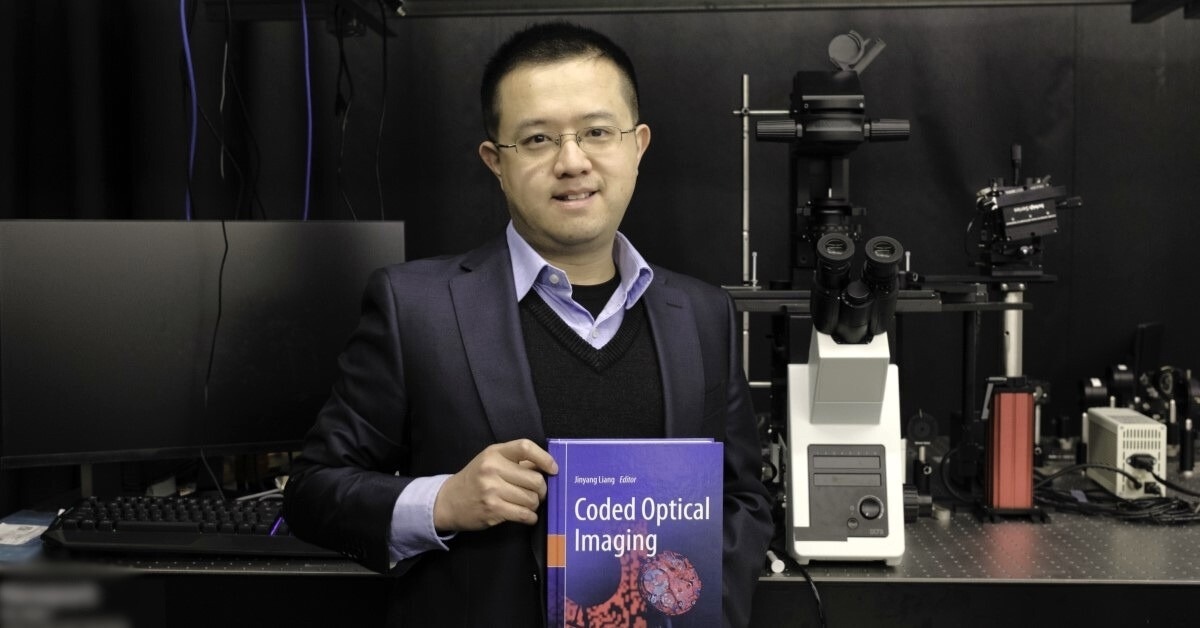Reviewed by Lexie CornerMay 13 2024
INRS Professor Jinyang Liang, specializing in ultrafast imaging and biophotonics, has compiled a substantial volume, "Coded Optical Imaging," to be released this spring by Springer Publishing. This is the first comprehensive reference work in this rapidly growing field.
 Professor Jinyang Liang in his laboratory at the INRS. Image Credit: Gaëtan Jargot
Professor Jinyang Liang in his laboratory at the INRS. Image Credit: Gaëtan Jargot
The topic of coded optical imaging emerged in 2010. While the field has grown rapidly, there has been little reference work on it until now.
Professor Jinyang Liang, an expert in biophotonics and ultrafast imaging, set out to close this gap in the body of research. His efforts have paid off.
Under his guidance, 104 authors from 12 different nations have contributed to this collection. It provides a thorough overview of the development of coded optical imaging, including its background, core ideas, and most recent innovations.
Numerous academic disciplines, including physics, chemistry, biology, materials science, artificial intelligence, and metrology, can benefit from the extensive applications of coded optical imaging. Due to its wide variety of applications, the discipline has a wealth of opportunities. This new book meets the necessity for scientific references.
An Ambitious International Project
I wanted to create a book that could be used by both seasoned and up-and-coming researchers, in fact certain chapters of Coded Optical Imaging are designed to be adapted for the purposes of teaching optics and photonics.
Jinyang Liang, Professor, Énergie Matériaux Télécommunications Research Centre, Institut national de la recherche scientifique
Liang embarked on this major project three years ago, at the height of the pandemic.
He now believes that readers in subjects ranging from computer graphics and image reconstruction techniques to computer imaging and optical engineering would find this new book helpful.
The papers, which are over 700 pages and divided into 37 chapters, are accompanied by over 380 diagrams and photographs.
Initially, each chapter was supposed to be a maximum of ten pages long. But all of the book’s contributors were intensely dedicated to the project, so much so that several chapters ended up exceeding 30 pages. Everyone was happy to share their knowledge and expertise with a wider audience.
Jinyang Liang, Professor, Énergie Matériaux Télécommunications Research Centre, Institut national de la recherche scientifique